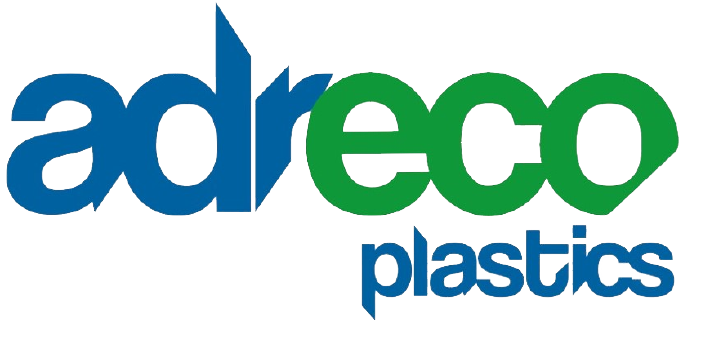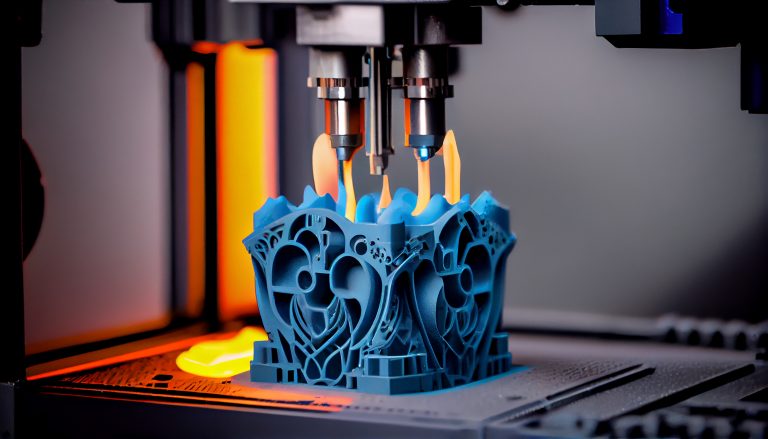The medical and healthcare sector relies heavily on plastic injection moulding techniques to manufacture a large number of products and parts. The industry requires high quantities of precision-engineered, robust and sterile implements and devices. This is not a trend that will slow down in 2024. Technology and human knowledge is advancing rapidly in the medical arena. So, medical industry injection moulding techniques must also evolve and adapt in order to keep pace. Here are some key manufacturing innovations and continuing industry trends that will affect how medical industry injection moulding develops in 2024 and beyond.
Silicone devices
Silicone is an incredibly useful material for all kinds of applications and industries. Made from a liquid raw material, it offers manufacturers many advantages. For medical industry injection moulding, silicone has the benefits of being versatile, biocompatible and able to withstand chemical and thermal degradation. It can be combined with a large number of other materials to produce single, fully-bonded components. Silicone also has excellent water repellent properties, which helps enormously with resisting bacteria.
Silicone is lightweight, making it ideal for medical implants. It can be used to produce high quantities of components rapidly and at competitive prices. Medical industry injection moulding looks set to carry on producing a wide variety of medical devices, components and equipment using silicone in 2024. These include implants, prosthetics, catheter tips, insulin injector pens, feeding tubes and respiratory masks and devices.
Micro-moulding
As the name might suggest, micro-moulding for the healthcare sector is all about producing very small components using specialist medical industry injection moulding techniques. It can produce high-precision thermoplastic components that have micron tolerances. The process results in very high surface quality, even with complicated designs and geometries.
Medical industry injection moulding achieves these results though micro-moulding methods and materials that combine low viscosity and high-temperature, high-pressure manufacturing processes. The process can reduce production time, improve aesthetic properties and result in more robust components. Micro-moulding is effective for items like endoscopic and micro-optic equipment, microsensors, microfluidic devices and minimally invasive surgical instruments.
Clean rooms and medical industry injection moulding
The use of clean rooms in medical tech, healthcare, biotech and pharmaceutical projects is essential in order to ensure a sterile manufacturing process and eliminate the risk of contamination, e.g. dust particles and microbes, from entering the machinery or products themselves. The room is kept sterile by the use of HEPA filters. Other environmental conditions are carefully controlled to match the requirements of each manufacturing project that takes place. These can include temperature, humidity and levels of ventilation.
Medical industry injection moulding will continue to require the use of clean rooms into 2024 and beyond to maintain sterility and ensure contamination-free processes and products. Technology around improving filtration, removing contaminates and streamlining production techniques will also continue to evolve for medical industry injection moulding within clean rooms.
Wearable technology
One particular area where medical industry injection moulding will continue to play a key part in is wearable technology and overmoulding. This is a technique uses in medical industry injection moulding that sees the plastic component shaped and fitted over electronics to form a single device, ready to be worn by the patient.
Low pressure overmoulding techniques protect delicate electronic components and batteries during the process. The process also helps to waterproof and encapsulate the wearable devices while they are in use. Devices include biosensors and detectors worn to monitor vitals such as blood pressure, heart rate etc. They can also be used to remind patients to move more, take medication or alter their sleep patterns.
Sustainability and standards
The global agenda to combat climate change and move to more sustainable manufacturing practices will also continue in 2024. The healthcare sector will be no exception to that. Medical industry injection moulding techniques that meet industry standards in quality and sustainable manufacturing practices will be in great demand.
Regulatory bodies like the FDA (Food and Drug Association), EMA (European Medicines Agency and ISO (International Standards Organization) require close conformity to a number of quality measures, which specialist injection moulding methods can offer. Any technological advances in medical industry injection moulding must first and foremost comply with these measures if they are to result in future success and productivity.








